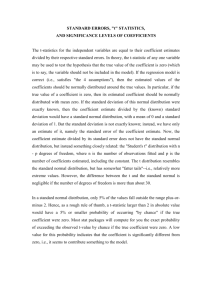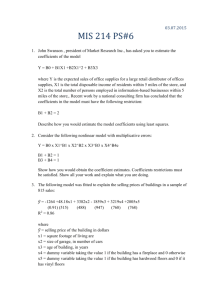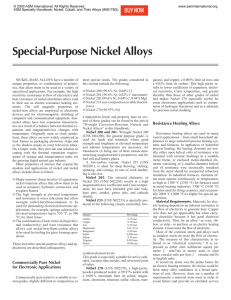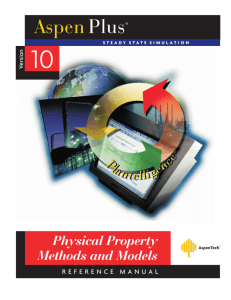The simplest models in thermodynamics of weakly concentrated
advertisement
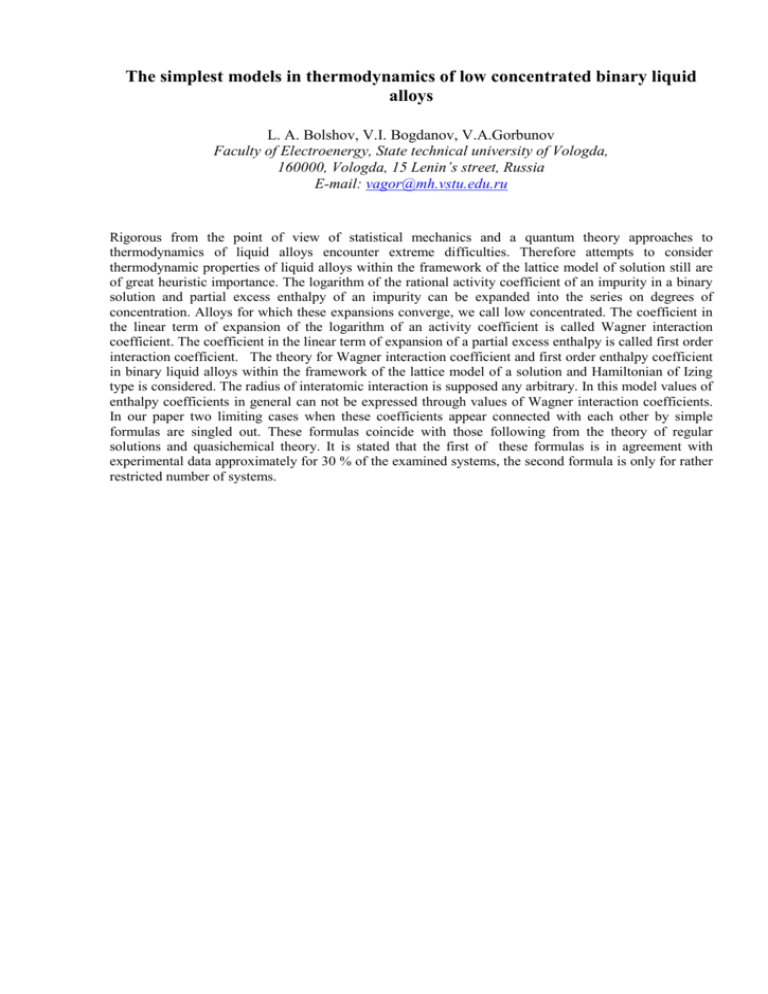
The simplest models in thermodynamics of low concentrated binary liquid alloys L. A. Bolshov, V.I. Bogdanov, V.A.Gorbunov Faculty of Electroenergy, State technical university of Vologda, 160000, Vologda, 15 Lenin’s street, Russia E-mail: vagor@mh.vstu.edu.ru Rigorous from the point of view of statistical mechanics and a quantum theory approaches to thermodynamics of liquid alloys encounter extreme difficulties. Therefore attempts to consider thermodynamic properties of liquid alloys within the framework of the lattice model of solution still are of great heuristic importance. The logarithm of the rational activity coefficient of an impurity in a binary solution and partial excess enthalpy of an impurity can be expanded into the series on degrees of concentration. Alloys for which these expansions converge, we call low concentrated. The coefficient in the linear term of expansion of the logarithm of an activity coefficient is called Wagner interaction coefficient. The coefficient in the linear term of expansion of a partial excess enthalpy is called first order interaction coefficient. The theory for Wagner interaction coefficient and first order enthalpy coefficient in binary liquid alloys within the framework of the lattice model of a solution and Hamiltonian of Izing type is considered. The radius of interatomic interaction is supposed any arbitrary. In this model values of enthalpy coefficients in general can not be expressed through values of Wagner interaction coefficients. In our paper two limiting cases when these coefficients appear connected with each other by simple formulas are singled out. These formulas coincide with those following from the theory of regular solutions and quasichemical theory. It is stated that the first of these formulas is in agreement with experimental data approximately for 30 % of the examined systems, the second formula is only for rather restricted number of systems.


